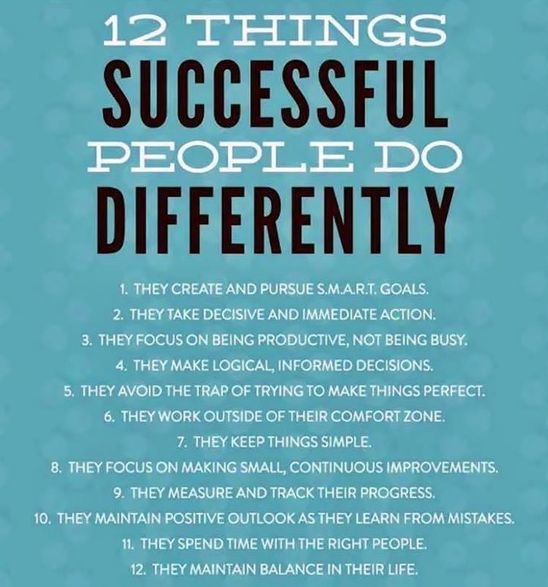By Shauna Friedman
FreelanceMikey offers an irreplaceable human touch for your business and creative endeavors with services like idea brainstorming, coaching, and editing.
How to Integrate AI Into Your Creative Practice
Whether you’re a writer, designer, composer, or other creative, it’s time to sit up and take notice of AI, if you aren’t already. As you likely know, AI is increasingly being incorporated into work processes because it saves so much time and effort, and offers several AI-specific benefits (like big data analysis). This includes creative processes – everything from digital design and content development to music-making and film.
The HBR sums it up nicely: AI won’t replace humans – but humans with AI will replace humans without AI. Incorporating AI into your creative practice can help you offer a better quality of service and reduce your workload.
Below, FreelanceMikey Creative Consulting offers a mini-guide on how to integrate AI into your existing creative endeavors.
Understanding the collaborative role of AI
AI works by analyzing vast data sets, identifying patterns, and then outputting results. AI can’t replace human creativity, imagination, and emotions – but it can inspire, augment, and enhance all three. It can give you a boilerplate to build from, refine, and add to, and it can collaborate with you to make your work easier.
Building a collaborative workflow
To make full use of an AI tool in your creative practice, you can build a collaborative workflow that integrates an AI app or tool. Creatives can find specific AI apps for their niche (such as image generation software if they’re a designer). Or you can use a general-purpose AI tool like ChatGPT.
Here’s a working example of how to integrate an AI app into your workflow:
Initial human manual prompt: First, you provide the AI with a clear set of guidelines, parameters, or examples of works related to your desired output. If you’re designing a webpage, you can input a theme (type of website), some style guidelines, and script interactivity.
Human screening of AI output: The AI will generate some output for you, which you should screen for quality and accuracy. You can ask the AI to make changes to the output or use the output as a new prompt to generate a different (related) output.
Manual human refinement: If you like the output, you can make changes to it manually, based on your unique experience, skills, and talents.
Final human-AI combined result: Once you iterate your work enough, you have the final result, which is a mix of AI and human-generated work. Ideally, you want an output that optimally leverages human and AI strengths (and covers each others’ weaknesses).


